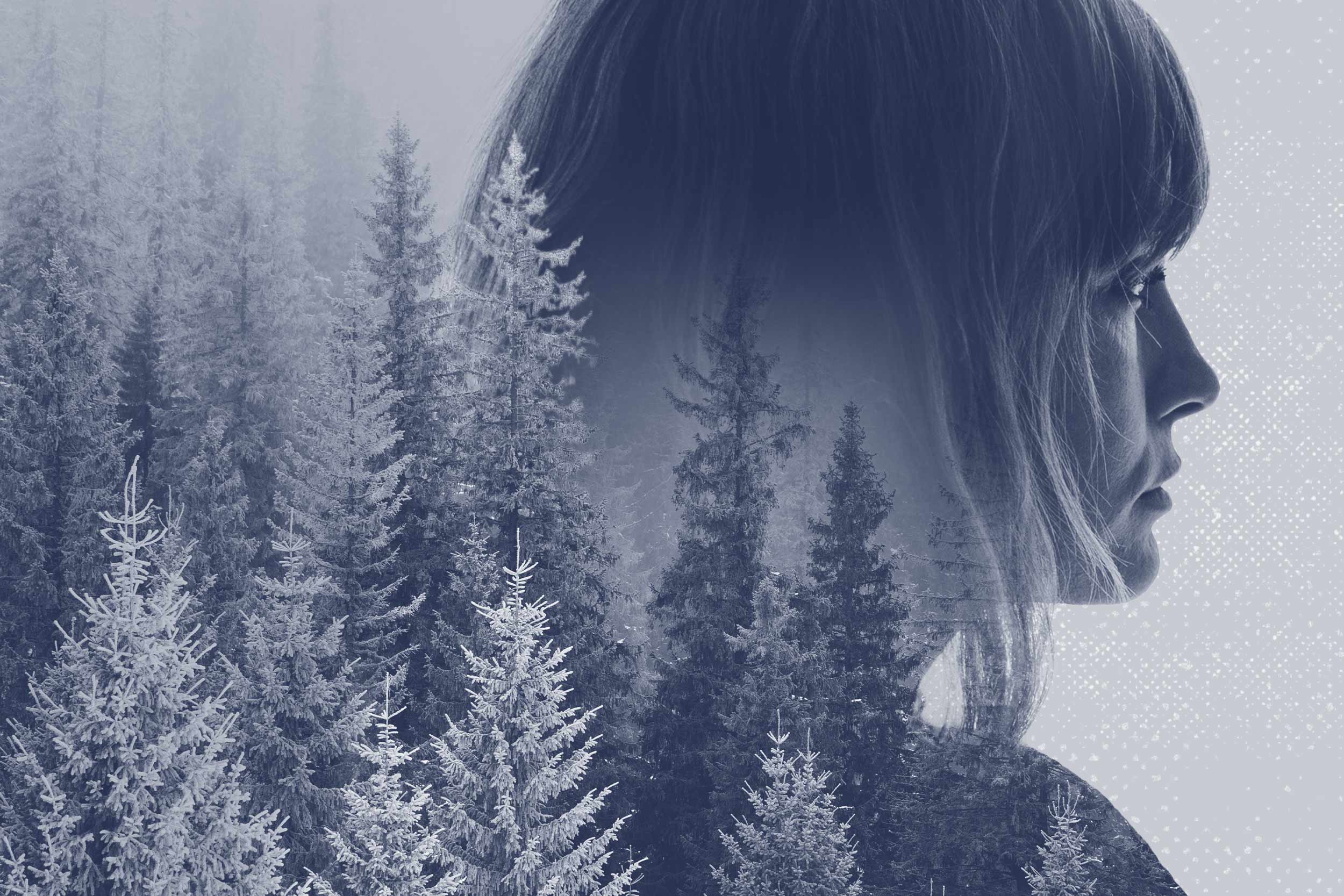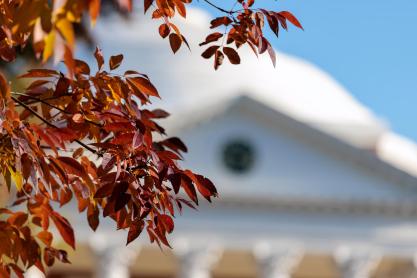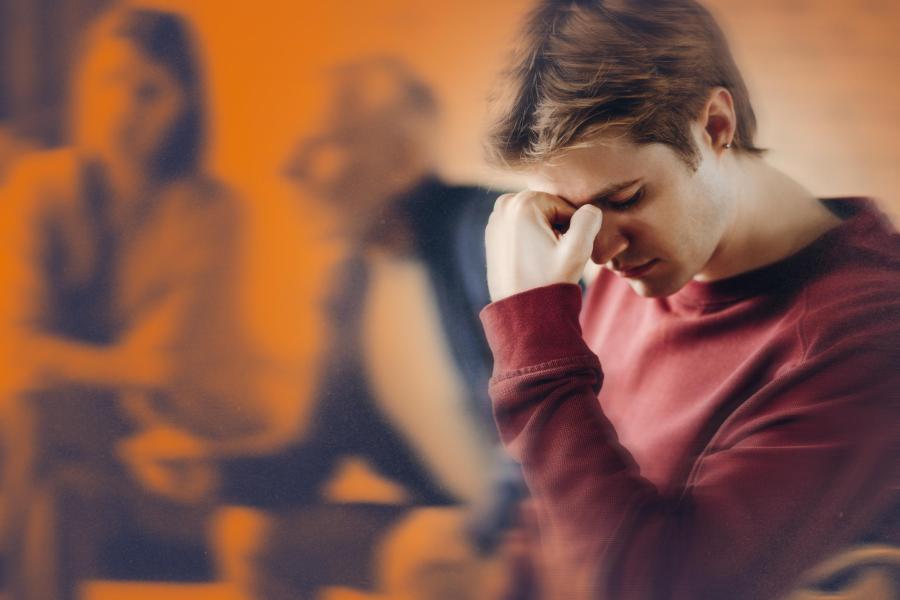For roughly 5% of adults, seasonal change comes with more than discomfort or melancholy. Seasonal affective disorder is a form of depression with symptoms like sadness, tearfulness, loss of interest, and issues with sleep or appetite.
“Feeling a bit down or sluggish during colder, darker months is common, but when symptoms become persistent and interfere with daily life or impair functioning, it may indicate seasonal affective disorder or depression,” said Kim Penberthy, the Chester F. Carlson Professor of Psychiatry and Neurobehavioral Sciences at the University of Virginia.
Penberthy researched depression, including seasonal affective disorder, a pattern of depression symptoms typically occurring in fall and winter months when days are shorter, colder and darker. A smaller number of patients sees an increase in symptoms during the spring and summer months.
Signs that feelings may be more than just winter blues include feeling down most days for two weeks or more, excessive tiredness that doesn’t improve with rest, and avoiding friends, family or usual social interaction. Negative thoughts like feelings of hopelessness and trouble focusing on daily tasks are other key symptoms.

UVA professor Kim Penberthy researches depression, including seasonal affective disorder. (Photo by Matt Riley, University Communications)
Penberthy said it’s time to seek professional help if symptoms persist for more than two weeks, interfere with daily life or impact the ability to function.
If you have thoughts of self-harm or suicide, you should call the 988 Suicide & Crisis Lifeline or immediately seek emergency help.
Like depression in general, seasonal affective disorders are more commonly found in women, with Penberthy noting women are four times more likely to be affected than men. Other demographic and geographic factors also influence its prevalence.
“Northern states, especially those with shorter daylight hours in winter, report higher instances of SAD,” Penberthy said. “States like Alaska, Vermont and New Hampshire have the highest rates of seasonal depression, while southern states like Florida, Hawaii and Arizona have the lowest.”
Younger adults are also at a higher risk, with a typical age of onset between 20 and 30 years.
A family history of depression, bipolar disorder or SAD increases the likelihood of developing the disorder. Individuals with major depressive disorder or bipolar disorder are more susceptible to experiencing SAD.










